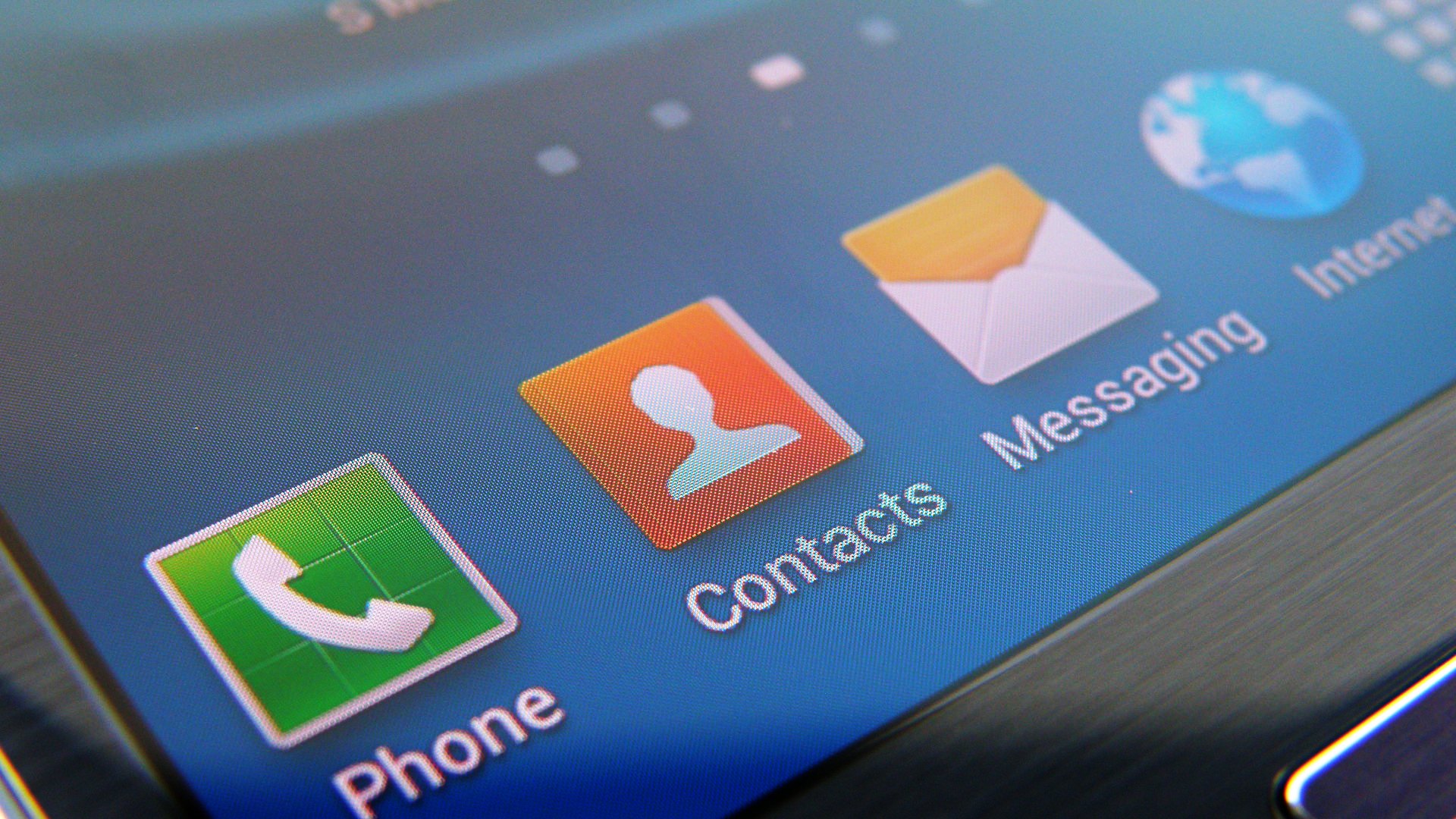Best phone screen: display tech explained
Which mobile phone screen type is best?

Mobile phones have progressed dramatically since the days their displays needed only to show you the number of the person calling. Once we added text messaging and even email, we need a bit more space to see what we'd written.
We added colour to give them a bit more interest. When we started adding cameras to the phones, we wanted the screens to be sharper, so we could see the terrible, pixelated VGA photos we'd taken.
Once the ability to store video arrived, we needed them to be smooth, with good refresh rates.
In the era of touchscreen smartphones, we expect them to be as good as computer screens, offering crisp text, vibrant images, blur-free video and enough brightness to see outdoors, all under a responsive touch layer.
Predictably, several different options have arisen, especially when it comes to high-end smartphones. As a result, it can be hard to know exactly what manufacturers (and, indeed, technology sites) are talking about when they boast about Super AMOLED screens or Retina displays.
So what's the best phone screen to go for? We've rounded up all the important information about different mobile screen types below, so you'll know what to look out for on your next phone.
TFT-LCD
By far the most common kind of screen used on mobile phones is TFT-LCD (often just referred to as LCD, since TFT-based LCD screens are the only type used in practice). It ranges from the budget smartphones like the HTC Desire C to high-end tablets, like the Google Nexus 7.
Sign up for breaking news, reviews, opinion, top tech deals, and more.
TFT-LCD stands for thin-film transistor liquid crystal display and there are many different ways of manufacturing LCD screens, so knowing that a phone is LCD doesn't tell you much about its quality.
In practice, cheap phone screens will often display dull colours, and have narrow viewing angles, which means that if you look at them from off-centre, it becomes hard to see what's on-screen.
High quality LCD screens will have bright, accurate colours and with visibility from just about any angle.

All LCD screens need to have a light behind them, which shines through the pixels to make them visible. As a result, they don't offer quite the thinness of AMOLED technology.
AMOLED
Active-matrix organic light-emitting diode, or AMOLED for short, is a screen technology based on organic compounds that offers high image quality in exchange for potentially very low power usage.
Unlike LCD screens, AMOLED displays don't need a backlight - each pixel produces its own light - so phones using them can potentially be thinner.
It also means that a mostly black screen will use very little electricity, and true blacks when watching videos, rather than the dark grey some LCD screens produce.
However, AMOLED screens have proved costly and difficult to produce in the same numbers as LCD, a fact that led to the HTC Desire having its AMOLED screen replaced with Super-LCD halfway through its manufacturing life.
AMOLED uses a different subpixel arrangement to LCD, which can result in images that don't appear quite as sharp.

High-end LCD screens are also able to produce a wider colour range than AMOLED screens, though this would make little difference to most casual users.
Super AMOLED
This is a derived form of AMOLED screen that actually includes the capacitive touchscreen technology in the manufacturing process, meaning that it doesn't have to be overlaid later. It offers other advantages over earlier AMOLED screens, including increased brightness and lower power usage.
Super AMOLED Plus
A new technology first used by the Samsung Galaxy S2. The significant change is in the subpixel construction, switching to something much closer to that used by LCD, which meant sharper, clearer images.
James is a freelance phones, tablets and wearables writer and sub-editor at TechRadar. He has a love for everything ‘smart’, from watches to lights, and can often be found arguing with AI assistants or drowning in the latest apps. James also contributes to 3G.co.uk, 4G.co.uk and 5G.co.uk and has written for T3, Digital Camera World, Clarity Media and others, with work on the web, in print and on TV.